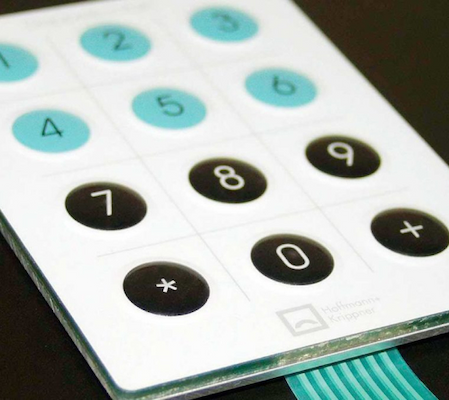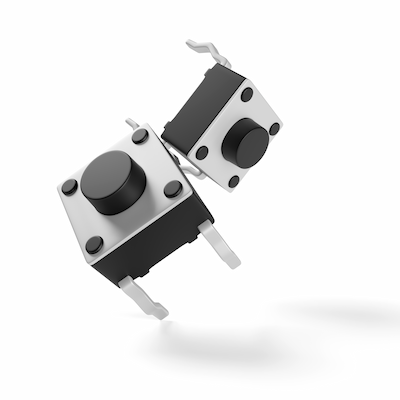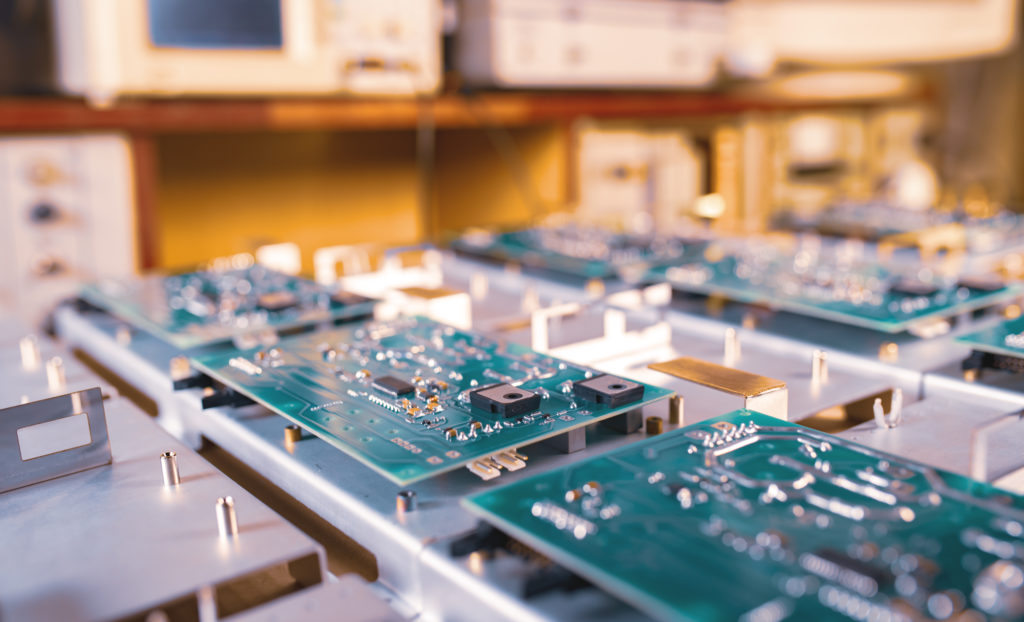Choosing the perfect switch for your business’s equipment is vital to efficient operations. When creating a custom membrane switch you want to consider how the operator uses the machine.
Depending on what best suits their needs then you can begin constructing the membrane switch one of the first things you need to decide is if you want to select a non-tactile or tactile switch.
Keep reading to learn the differences between the two so you can create the perfect membrane switch for your equipment.
Membrane Switches
Printed circuit boards typically rely on membrane switches to turn parts of the device off and on. There are two main membrane switches in use today on printed circuit boards. One is referred to as a tactile membrane switch and the other is called a non-tactile membrane switch.
Each switch performs a different function on the printed circuit board. Here is an overview of the differences between a tactile and a non-tactile membrane switch.

3 Key Difference Between a Non-Tactile and Tactile Switch
1. Construction
Tactile
A tactile switch, also known as haptic switches, is a momentary switch designed to provide tactile feedback or response when pressed to activate it. There is an overlay on top of the switch that sits above a metal dome inside the switch.
The overlay has letters, symbols, and/or designs on it that you use to identify what happens. When a symbol on the overlay is pressed down it pushes a metal dome down under the symbol so it presses against a conductive footprint.
The conductive footprint then connects to the printed circuit board’s substrate and an action happens. When the pressure is released, the metal dome springs upward and disconnects the conductive tract from the circuit board’s substrate and the action stops.
Tactile membrane switches can be made with stainless steel, polyester dome, or a hydro-form domed overlay, and they can be activated up to a million times. Haptic switches are internally vented and are sealed off from the surrounding environment. This prevents contamination of the switch from outside particles.
Non-Tactile
A non-tactile switch works the same as a tactile except there is no tactile response when pressed. In a non-tactile switch, the bottom side of the overlay is connected to a conductive pad. When the overlay is pressed down the conductive pad connects to the conductive footprint connected to the circuit board’s substrate.
Non-tactile switches are self-contained units. The overlay on a non-tactical switch typically has items like directional arrows for you to control a device connected to the circuit board. These switches can be activated up to five million times.
2. Purpose
Tactile
A tactical switch is a momentary switch. This means that the switch will only work when it is physically held down. Once pressure is released, the switch will disconnect and the action will stop. The best way to understand this is to think about the keyboard on your laptop or personal computer.
When you press a key down an action will happen. In the case of the lettered and symbol keys, the letter or symbol will appear on the monitor screen. When you lift up on the key, the letter or symbol will stop unless you keep on holding the switch down.

Non-Tactile
Non-tactile switches are used to activate things like backlighting on a control board monitor. You won’t see anything on the monitor screen when you press a button, Instead, you’ll see the LED light turn on or hear a beeping sound to let you know you have activated the control board.
3. Use
Tactile
Tactile membrane switches are commonly found on household devices like a microwave’s control pad to set the time and heat level when cooking food. Air conditioners and remote control devices also use haptic switches to turn the unit on and off and change the settings or the channels.
Non-Tactile
The non-tactile switches are often used in gaming devices and medical equipment. The switches are also commonly used in conjunction with the tactile switches to light up the control devices so you can see the symbols, letters, and numbers better.
Create Custom Membrane Switches with Hallmark Nameplate
You should contact us at Hallmark Nameplate to learn more. Our trained technicians and experts can answer all the questions you might have when deciding what type of switches are best to use when manufacturing printed circuit boards for your use in your membrane switches.




